30 ways you have never considered using wood ash
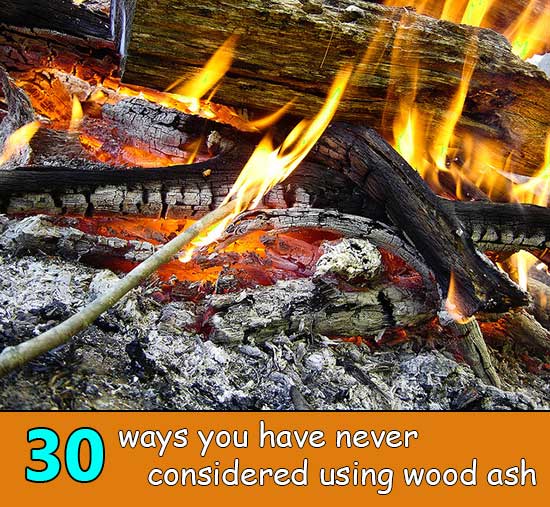
If you’ve got a fireplace or fire pit full of wood ashes and would like to find a more useful purpose for them than simply tossing them in the trash, read on! We’ve come across 30 great uses for ash you may never have considered:
1. Make lye water. To do this, boil 2 or 3 spoons of clean white or gray fluffy ash with water and then sift it through a coffee filter. Lye water is a terrific cleaning agent and sanitizer for everything from clothes, to floors, windows, silverware, plates, and even rust in marble. You can also make lye by adding the ash in a cheesecloth.
SAFETY NOTE: This is a simple version of this process, but for safety’s sake, it’s advised you obtain more information before making lye water as it is potentially dangerous and lye is caustic.
In a bucket with holes on its base, add the cheesecloth and then ash, then hang it up. Add the water with another clean bucket underneath to collect the lye. The lye should have a brownish color, so remove the bucket when clean water starts to sift through. Test the lye by placing a fresh egg in the liquid. If the egg floats, the lye is good to go, if not, repeat the process.
2. A simple paste of ash and water is an effective way to remove stains from furniture.
3. To treat stains in clothing immediately, add a bit of ash and rub it with the white of bread after about 5 minutes.
4. Ash is an effective odor treatment. Simply sprinkle some over smelly areas like the cat box.
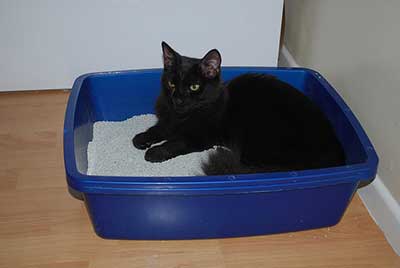
5. To remove odors from a refrigerator, simply put a plate of charcoal ash inside. Turn the charcoal over regularly until the smell is gone.
6. Ash can make a great DIY toothpaste. Pay close attention, though, to the type of wood used to produce the ash to avoid damaging tooth enamel.
7. For oily hair, you can wash with lye soap and rinse with vinegar. Make sure any homemade lye soap cures for at least 6 weeks prior to use.
8. Lye water is used to make a lot of sweets and foods like sun-dried grape pudding (moustalevria), honey cookies (melomakarona), and bread. Lye water makes bread fluffy and prevents it from crumbling. It’s also good for internal cleansing of the intestines.
SAFETY NOTE: Lye water is very different from lye used to make soap. Never use lye in foods or on skin.
9. Ash has been used for many years in farming. It effectively recycles natural nutrients back into the earth. It can also be used as compost base but does not include nitrogen. As a basic element, in increases the PH level of soil which can help select plants grow. Avoid ash-based fertilizer with potatoes, however.
10. Ash strengthens plants that love calcium such as tomatoes, beans, spinach, peas, avocados, garlic, and vineyard plants. You can also add 1/4 cup ash before planting roses for impressive results.
11. Adding one spoon of ash per 1000L of water strengthens underwater plants.
12. A thin layer of ash protects plants from frost in the winter.
13. Slugs and snails are among garden pests that hate ash if you add it around plants.
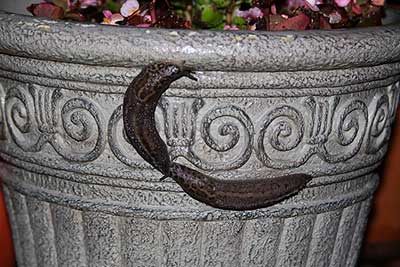
14. Putting ash on an ant colony will force them to relocate, as they can’t move the ash.
15. Putting ash in the corners of your house or in dark spots of your basement will deter mice, rats, cockroaches, and other nuisance animals.
16. Ash repels lice, ticks, and fleas from pets. Make a paste of ash and vinegar and spread it over the fur for a slightly messy but very effective treatment.
17. By adding ash to stored clothing, you can repel clothing moths without the nasty smell of moth balls. Safe for years, ash covered clothing can simply be shaken off and washed when ready for use.
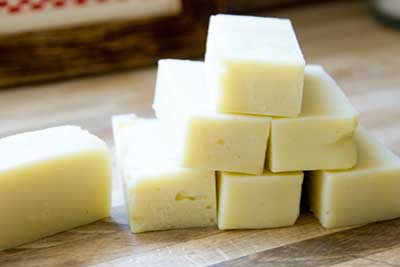
18. Through a somewhat involved process, lye is used to make soap.
19. With a mix of clay, ash, salt, lime, and rice rind, people in the Middle East create “Immortal eggs”, a form of preservation that lasts for many months.
20. Sodium Carbonate, a popular household cleaner, can be made out of ash.
21. Ash can be used to melt ice with its high salt content.
22. Charcoal collected from ash is a popular filter material.
23. Blurry wine can be filtered through charcoal.
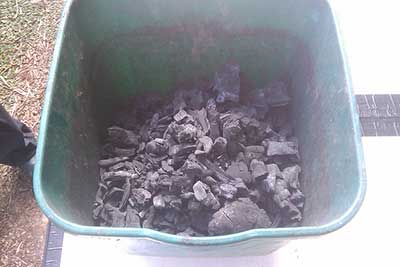
24. You can use charcoal to filter drinking water.
25. In metal bins, charcoal can be used to remove humidity from basements, cabinets, and under sinks.
26. An application of ash can quickly extinguish a fire.
27. A layer of ash is often used to protect and preserve food by deterring insects from stored seeds and produce.
28. It can be used in wounds, to kill bacteria and promote healing. This is done by melting homemade soap in lye water and rinsing a wound with it.
29. You can preserve your fruits and vegetables for days or even years by digging a hole in the ground and filling it with ash. Add your vegetables and fruit, ensuring enough space between them so they don’t touch each other or the soil. Seal the hole with a piece of wood and let it be.
30. Rennet, a key ingredient in most cheeses used to be preserved by placing it inside an animal horn, topping it with ash, then sealing it with mud and suspending it from a tree. That process could help rennet be usable for years.
 Home and Gardening Ideas At home and Gardening ideas we believe inspiring readers about homesteading, self sufficiency
Home and Gardening Ideas At home and Gardening ideas we believe inspiring readers about homesteading, self sufficiency
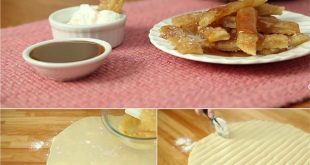





dampen a cloth and dip in ashes and it will remove black off of the glass doors of the fireplace.
Ash can be used to create a glaze surface on ceramics above cone 6.
Ash screened and sifted to remove chunks of charcoal or any nails / staples that may have been in the wood is an excellent way to absorb spills and stains like motor oil, transmission fluid, antifreeze, etc. off of asphalt and concrete, absorbs better than cat litter. Apply sifted ash powder generously to cover spills or stains on asphalt, sidewalks, drives, garage or shop floors and allow a little time to absorb (you will see it darken as it works). Scrub the ashes with a broom to loosen clumps and work it into the surface, and stir and spread the ash over the area until all of the ash has darkened and stops absorbing. Sweep up the spent ash, apply more and repeat as necessary until ash powder stops absorbing. Ash powder can be mixed or selected by color and be lightly applied and swept on once the spill is gone to hide and blend away any remaining discoloration and restore the look and dull luster of the affected surface making old, deep or tough stains invisible. If desired detergents, degreasers, or other agents can be applied and worked in to break up stubborn and soaked in residue or discoloration, then absorbed with ash. Spent ash can be placed back into the fire and used again when the absorbed materials are burned or evaporated out. (Caution should be taken not to breathe the fumes, and ash laden with flammables will flash when burned). Keeping buckets of sifted ash in the garage or shop ready to go is an effective way to quickly clean up fresh spills before they stain, soak into, or damage concrete, as petroleum products and other chemical spills will break it down if left on or soak in, and ash will eliminate slip hazards from spills as well.